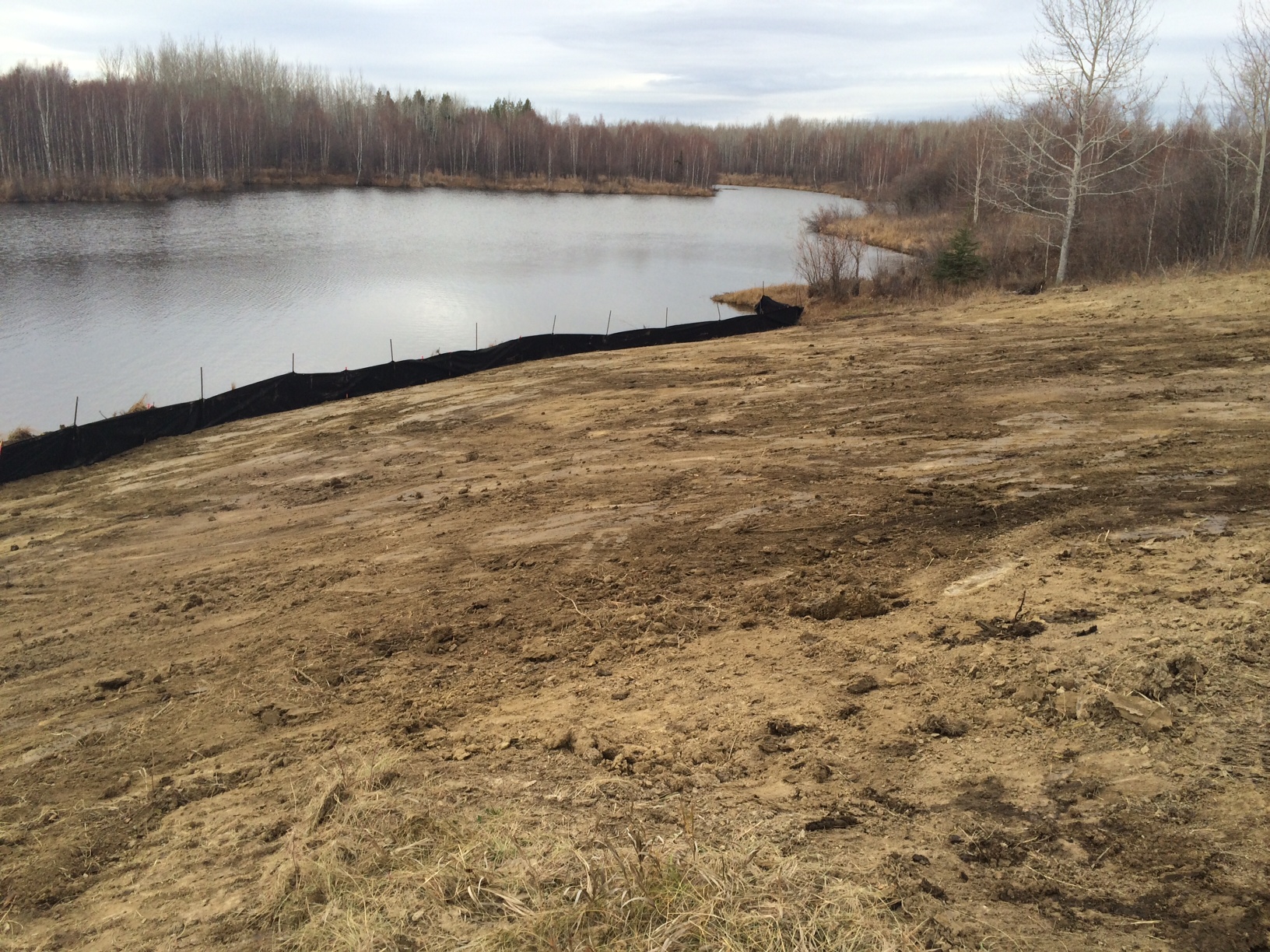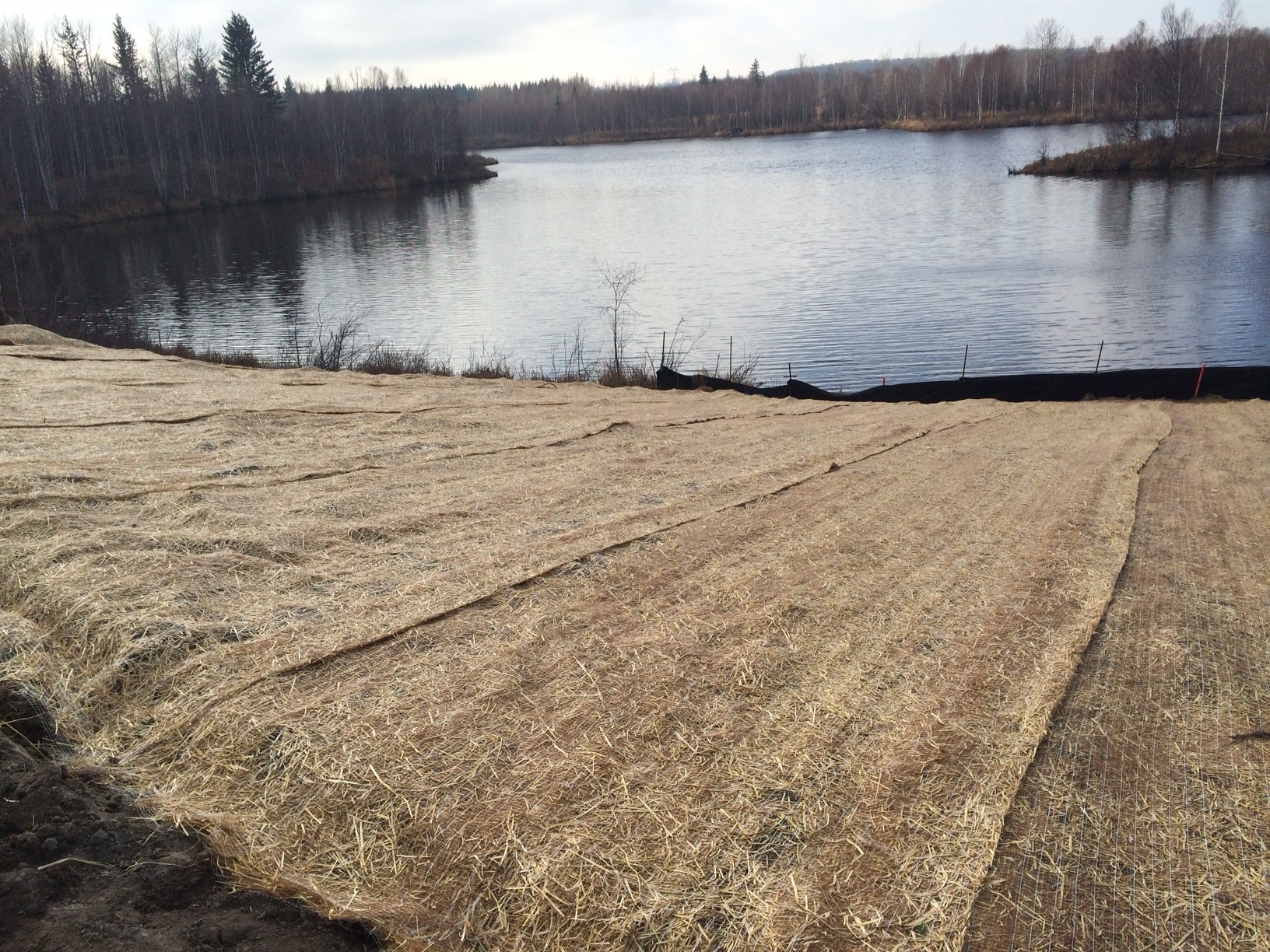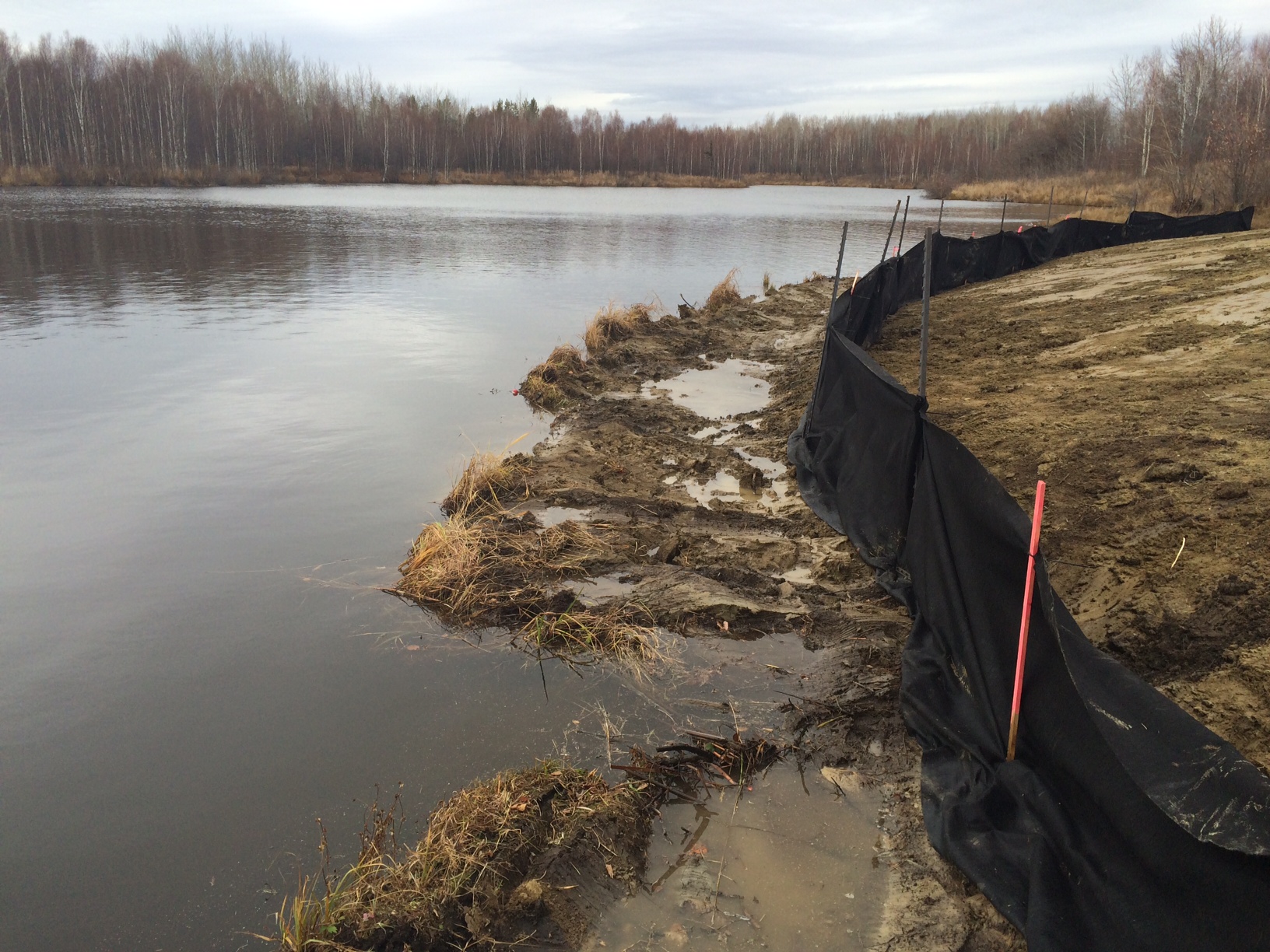Peatland Reclamation Case Study
Summit Liability Solutions Inc. (Summit) completed a Peatland Restoration project on a wellsite (the Site) located southwest of Wabamun Lake, Alberta. The purpose of the study was to showcase the use of peat moss donor sites in the reclamation of wellsites constructed in peatland areas.
The Site was constructed in 1991 using imported clay and was abandoned in 1994. There was no production associated with the well and it was re-entered and abandoned in 2007 and 2011, respectively. The surrounding vegetation was noted to consist of black spruce, tamarack, and other boreal lowland vegetation. The reclamation study began with the re-establishment of the surface hydrologic connectivity of the Site with the surrounding natural area. The first step was to remove the entire clay pad and geotextiles that separated the clay layer from the peat layer. Approximately 7,000 m3 of clay material was removed from the pad and transferred off-site to be used as backfill material at another location.The peat soils were stripped and stockpiled to allow the remaining clay pad material on the western portion of the lease to be inverted and contoured towards the eastern portion of the Site. Subsequently, the C horizon soils were tilled to mitigate compaction and the edges of the Site were tied to match the surrounding topography. The peat soils were then redistributed throughout the entire Site.
To re-establish the vegetation on the Site, approximately 1,000 m3 of peat moss was imported from a donor site that was located approximately 2 km south of the Site. The peat moss was mulched and distributed above the organic layer. A layer of straw was applied to the Site to protect the vitality of the peat moss. The intended objective of the peat moss donation is to increase the rate and quality of re-vegetation, as the donor peat already contains fragments of moss, shrubs, tree roots, and seeds similar to those naturally present in the area surrounding the wellsite.




